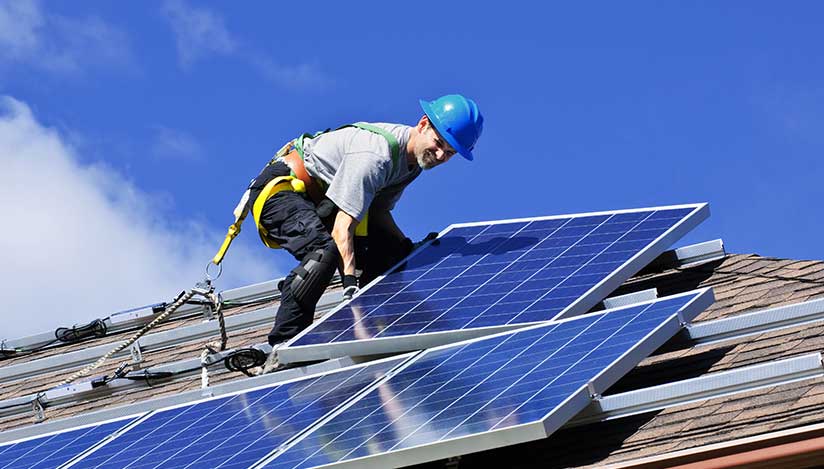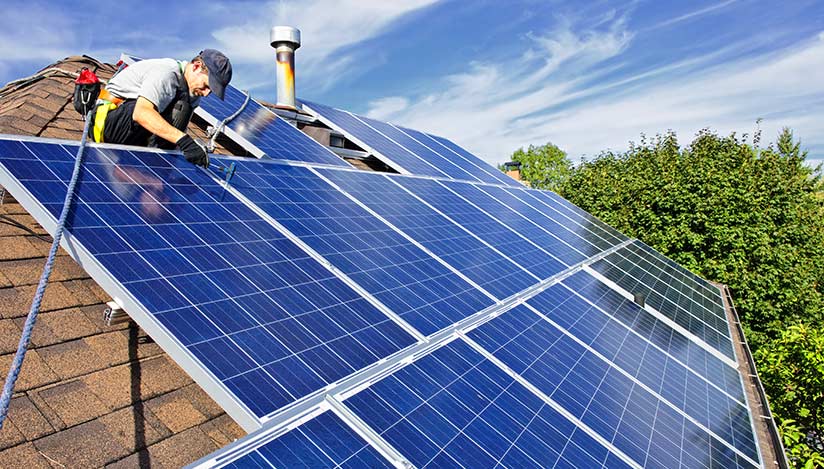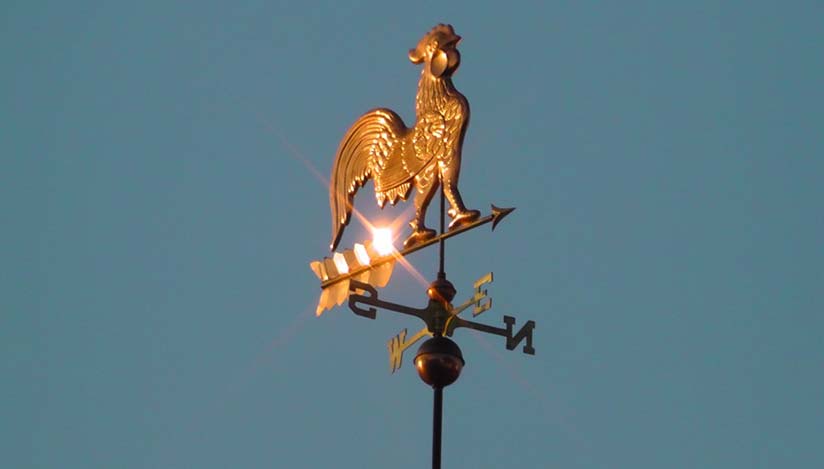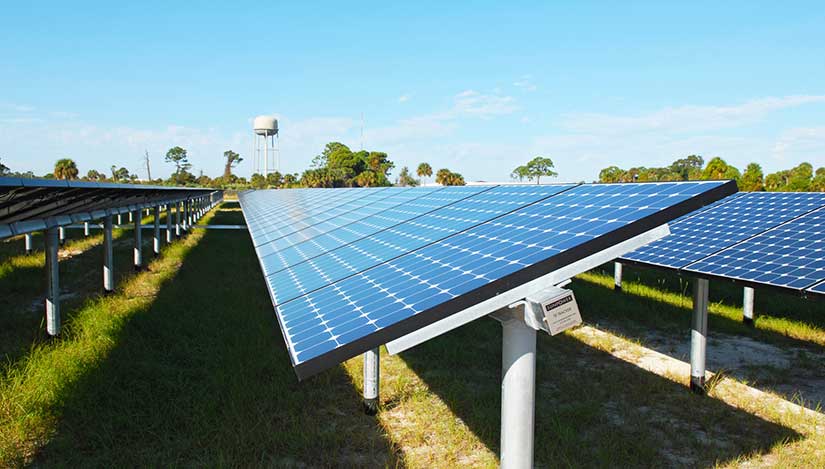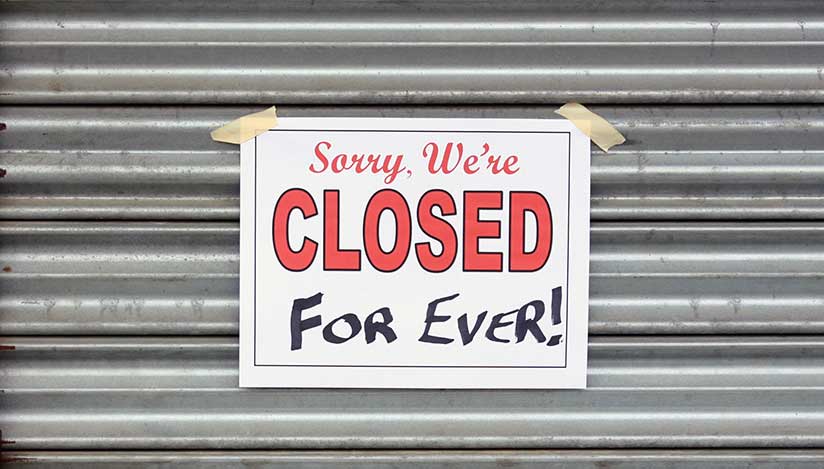
A few years ago, residential solar power experienced a huge boom, thanks to the economic recovery as well as numerous federal and state subsidies that reduced costs for homeowners. Manufacturers and installation companies sprang up overnight to take advantage of the rapidly growing industry.
However, increased competition and improved manufacturing efficiency resulted in shrinking costs and margins. Many solar panel manufacturers have gone out of business. The same is true for residential solar power contractors, which has left homeowners without the technical support of the people who installed their systems to begin with.
Many residential solar power installation companies struggle to stay in business for more than a few years.
To get a sense of how solar installers and contractors have fared in recent years, we referred to Solar Power World, which publishes an annual list of the top contractors of the country. We pulled the top 30 companies from the “2013 Top 100 Residential Solar Power Contractors” list, and checked to see how they were doing today, five years later.
Our findings were as follows:
- 16 are still in business
- 1 was acquired by another company and was still in business
- 2 were acquired by companies which have since shut down their residential operations
- 11 have closed
Of the 30 installers with the greatest installation volume in 2013, 13 are no longer providing services to homeowners today. And for every large installer that has failed over the last five years, dozens if not hundreds of family businesses and fly-by-nights have closed up shop in that time.
Homeowners who need their solar power systems serviced, only to find that their installer is no longer in business, face difficult choices.
Consider a homeowner who pulls her electricity bill out of the mailbox one day and sees that it’s $200 higher than it should be. She checks her solar power system monitoring app, and finds that production has decreased significantly, suggesting that something is wrong.
She digs through their drawer of old paperwork and finds the contact information for the contractor who installed her system. She calls the phone number, and it’s disconnected. She tries to check their website, but gets an error message.
So now what? Well, if the installer used high quality components, then it is likely that the manufacturer’s warranty will cover the cost for new parts. However, in most cases labor is not covered. You will be able to get another contractor to replace the malfunctioning components, but you will be responsible for the cost of installation.
Quality equipment can save you money in the long run, particularly if the installation company who installed the system goes under.
We have previously discussed the importance of considering the expected lifespan of solar panels when choosing a solar power system for your home. When comparison shopping, you want to be sure to buy a system that will continue to perform in the long term, both in terms of reliability and minimizing the rate of degradation of the panels.
This is why we often recommend SunPower modules:
- Their panels show extremely low degradation rates—the X- and E-Series have shown degradation rates of less than 0.25% per year in a variety of tested climates. This means you can expect their panels to put out about 95% of their expected production after 20 years.
- SunPower stands behind their products, with the best warranty in the solar industry—25 years, ‘bumper to bumper.’
If you’re thinking about having a solar power system installed, carefully research the track record of the contractors you’re considering.
Solar system manufacturers are only half of the equation when it comes to choosing a system. To ensure that your system operates to its fullest potential, you need to choose an installer with the necessary expertise and experience.
Installers that lack specific experience with solar installations—due to being recent startups or having expanded out of other sectors, such as HVAC, roofing or general electrical work—may make errors that result in degraded performance or a shorter lifespan. These issues can result in a company going out of business, potentially leaving you without technical assistance when you need it most.
It’s critical to consider the history of a solar power installation company when deciding if they are right for you. If they have been installing solar power products for many years and have a lot of good reviews, then it’s likely that they will be there when you need them most.
This is why many homeowners trust Capital City Solar as their contractor of choice. We have been serving Northern California for more than 16 years, and have the track record to prove it. But don’t take our word for it. Check out our reviews:
If you are considering whether a solar power system is right for your home, we’re here to help. We don’t use high pressure sales tactics. Our goal is to give you the information you need to make the decision that’s right for you. To learn what Capital City Solar can do for you, contact us by calling 1-916-782-3333, or send us a message using our contact form.
